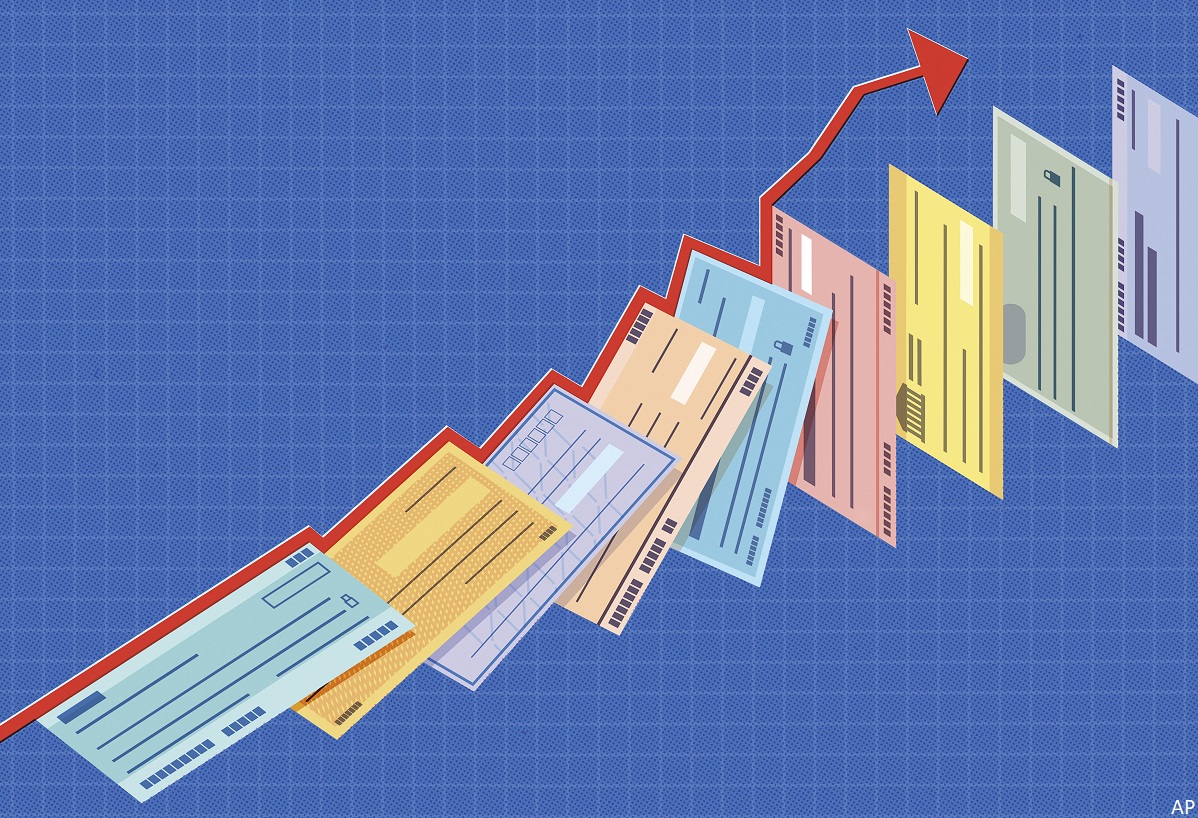
Note: The answers to these questions are from a conversation with AI (ChatGPT).
The deadline to contribute to your Registered Retirement Savings Plan (RRSP) is March 1, 2023. This means you have just a few weeks left, and so this week, we have been giving you a bunch of tips on how best to go about it, including top stocks, funds, ETFs, and others.
But we also wanted to address the questions that most Canadians ask about RRSPs. We got artificial intelligence to answer them and then edited them for accuracy. Here are some of the most googled RRSP questions – and answers.
Are RRSP Contributions Tax Deductible?
Yes, RRSP contributions are generally tax-deductible in Canada. The amount contributed to an RRSP can be deducted from the contributor's income for tax purposes, potentially reducing the amount of income tax owed. However, there are limits to how much can be contributed and deducted each year, and there may be other factors to consider depending on an individual's specific circumstances.
How Are Withdrawals Taxed?
RRSP withdrawals are generally taxed as income in Canada. When you withdraw funds from your RRSP, the amount withdrawn is added to your taxable income for the year, which can increase the amount of income tax owed.
The amount of tax you will pay on your RRSP withdrawal depends on your total income for the year, as well as the amount of the withdrawal. The more you withdraw or the higher your income, the higher your tax bill will be. It's also worth noting that financial institutions are required to withhold a certain percentage of tax when you make a withdrawal, depending on the amount of the withdrawal.
There are some exceptions to this general rule, such as the Home Buyers' Plan and the Lifelong Learning Plan, which allow you to withdraw funds from your RRSP tax-free under certain circumstances. However, these exceptions have specific eligibility criteria and rules, so it's important to understand them fully before making any withdrawals.
What’s the Home Buyers' Plan and How Does it Work? What about the Lifelong Learning Plan?
The Home Buyers' Plan (HBP) and the Lifelong Learning Plan (LLP) are two programs that allow Canadians to withdraw money from their RRSPs without incurring taxes, provided that the funds are used for specific purposes.
The Home Buyers' Plan (HBP) allows first-time homebuyers to withdraw up to $35,000 from their RRSPs to use as a down payment on a home. To qualify for the HBP, you must be a Canadian resident, have a written agreement to buy or build a qualifying home, and be a first-time homebuyer (or not have owned a home in the last four years). You must also have sufficient RRSP contributions to cover the amount you want to withdraw. You can repay the amount you withdraw from your RRSP under the HBP over a period of 15 years, starting the second year after the withdrawal. If you don't repay the amount, it will be included in your income for tax purposes.
The Lifelong Learning Plan (LLP) allows Canadians to withdraw up to $10,000 per year (up to a maximum of $20,000) from their RRSPs to finance full-time training or education for themselves or their spouses. To qualify for the LLP, you must be a Canadian resident, have sufficient RRSP contributions to cover the amount you want to withdraw, and be enrolled in a qualifying education or training program. You must also repay the amount you withdraw from your RRSP under the LLP over a period of 10 years, starting the fifth year after the first withdrawal. If you don't repay the amount, it will be included in your income for tax purposes.
Are RRSP Withdrawals Considered 'Income' and Are They Eligible for Income Splitting?
RRSP withdrawals are generally considered income in Canada and are therefore eligible for income splitting.
However, it's important to note that income splitting rules are complex and depend on a number of factors, including the source and type of income, as well as the relationship between the individuals involved. For example, not all types of income are eligible for income splitting, and there may be restrictions on how much income can be split between spouses or common-law partners.
In the case of RRSP withdrawals, if the funds are withdrawn by one spouse or common-law partner, they will be taxed as income in that individual's hands. However, if the funds are used to purchase a qualifying annuity that provides regular income, the income from the annuity may be split between spouses or common-law partners under certain circumstances.
It's important to consult with a tax professional or financial advisor to understand the specific rules and eligibility criteria for income splitting in your individual circumstances.
Can RRSP Contributions be Carried Forward?
Yes, RRSP contributions can be carried forward to future years if you don't use up your contribution limit in a given tax year.
The amount of your RRSP contribution limit for a particular year is based on your previous year's earned income, as well as any pension adjustments, past service pension adjustments, and other factors. If you don't make the maximum contribution allowed in a given year, the unused portion of your contribution room can be carried forward and used in future years, subject to certain limits.
The Canada Revenue Agency (CRA) keeps track of your RRSP contribution limit, and you can find your unused contribution room by checking your latest notice of assessment or by logging into your CRA My Account.
Can My Contributions Offset Capital Gains?
Yes, RRSP contributions can be used to offset capital gains in Canada. Capital gains are taxed in Canada at a rate that is generally lower than the tax rate on regular income. However, when you withdraw funds from an RRSP, those funds are taxed as regular income. Therefore, contributing to an RRSP can potentially reduce your taxable income and offset capital gains, depending on your individual circumstances.
If you have unused contribution room from previous years, you may be able to make a larger contribution and potentially offset more capital gains.
Can I Contribute to an RRSP if I Don't Have Earned Income?
In general, you need to have earned income in order to contribute to an RRSP (Registered Retirement Savings Plan) in Canada. Earned income includes things like salary, wages, tips, and commission income, as well as self-employment income.
However, there are some exceptions to this rule. For example, if you have a spouse or common-law partner who has earned income, you may be able to make spousal RRSP contributions on their behalf, even if you don't have any earned income of your own. Spousal RRSP contributions can help you and your spouse or partner to save for retirement and potentially reduce your overall tax burden.
If you're unsure about your eligibility to contribute to an RRSP or other savings and investment accounts, it's a good idea to speak with a financial advisor or tax professional who can provide personalized advice and guidance based on your individual circumstances.



















